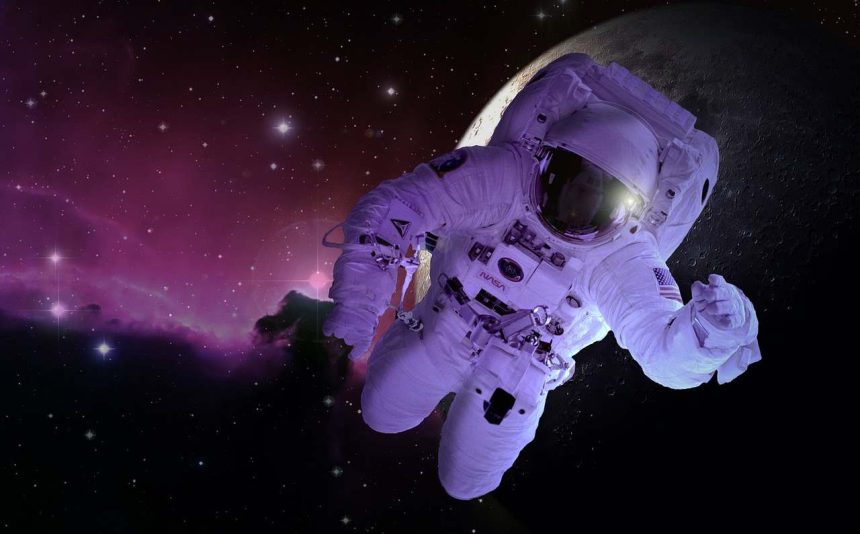It might sound surprising, but astronauts are indeed able to “walk” in the vast emptiness of space. This phenomenon intrigues many because, on Earth, we rely on the ground beneath us and the force of gravity to keep our feet planted. So, how do astronauts manage to move in a place where there’s no gravity and no solid surface?
The Difference Between Walking on Earth and in Space
Walking on Earth and moving in space are two very different experiences. On Earth, gravity pulls us down, making our feet press against the ground. However, in the zero-gravity environment of space, astronauts have to rely on a different method to move around. Instead of walking in the traditional sense, they use a hand-held rocket, often referred to as a “maneuvering unit.” This device helps them propel themselves through space.
The Science of Movement in Space
The maneuvering unit operates on the principle of action and reaction, a concept made famous by Newton’s third law of motion: “For every action, there is an equal and opposite reaction.” When the astronaut activates the rocket, gases are expelled from the unit with great force, pushing the astronaut in the opposite direction. This controlled propulsion allows astronauts to “float” and navigate through space, even though it appears as though they are walking.
The Purpose of Spacewalks
But why do astronauts need to walk in space? There are several important reasons. They might need to conduct scientific experiments, move from one spacecraft to another, or carry out repairs on the exterior of their spacecraft. During these spacewalks, astronauts carefully control the direction and speed of their movement using their maneuvering units.
Historic Spacewalks: Pioneering the Path
The first human to walk in the empty space of space was Russian astronaut Alexei Leonov, who made history in 1965 by spending 24 minutes outside his spacecraft. This monumental event paved the way for future spacewalks. Another significant moment came in 1973 when astronauts ventured outside to repair the heat shield of the American space station Skylab. These missions have since become crucial for maintaining spacecraft and conducting essential research in space.
Spacewalking is not just about floating in space; it is a vital part of space missions that allows astronauts to perform essential tasks. The science behind it, rooted in Newton’s laws, enables humans to navigate and work in the most extreme environment imaginable. As space exploration continues, the importance of these spacewalks will only grow, leading to even more fascinating discoveries.




